Germany - Concrete renovation on several buildings within the Westfalen barracks
For more information and to make a bid you will need to go to the third party website.
Details
Provided by
- Opportunity closing date
- 13 February 2025
- Opportunity publication date
- 15 January 2025
- Value of contract
- to be confirmed
- Your guide to exporting
Description
Project start: expected 1.3.2025
Project end: expected 1.4.2025
2. general description
When repairing concrete, it is crucial to prevent further carbonation of the concrete and thus corrosion of the reinforcing steel in the carbonated area. This should preserve the building fabric
and prevent consequential damage. The identical buildings show similar damage patterns. The damage is located in basement staircases and their roofs.
3. scope of work
3.1 Removal of loosened and cracked concrete / rust removal Remove the loose concrete over the corroded reinforcement using an electric hammer or flame blasting device. If the flame blasting device is not used, the reinforcement bars must be sandblasted to a bright metallic finish.
3.2 Corrosion protection coating
The exposed reinforcing steel is coated twice with an anti-corrosion coating. Epoxy resins, such as epoxy resin nails or polymer-modified cement slurries, are suitable for this purpose. The final coat
should be sprinkled with quartz sand to ensure a good bond with the repair mortar.
3.3 Bonding bridge
A bonding bridge is applied to the pre-wetted old concrete to improve the bond between the concrete substrate and the repair mortar. Cement-bound
bonding bridges are used. Epoxy resin, 2-component, pigmented 1-2 kg/m2 with very high bond strength should be used for this.
3.4 Repairing damaged areas
The concrete damage is repaired with hydraulically setting, polymer-modified mortar or, in the case of minor damage, with epoxy resin mortar. Plastic fibers should be added to the mortar. This should improve the cohesion and
and thus the stability of the fresh mortar. This also reduces the risk of cracking at the point of excavation. The mortar is applied to the pre-wetted, matt-moist substrate with a trowel in approx.
2 to 5 mm layer thickness. If necessary, the repair area must be shuttered. Layer thickness per application min/max: 10 mm/50 mm ;
Consumption: 2 kg/m2 and mm layer thickness
Remarks: plastic-modified, carbonation-blocking, can be applied under dynamic loads
3.5 Surface
A thin plaster coating of fine-grained, plastic-modified cement filler is used to even out structural differences and visually harmonize the repaired concrete surface.
Layer thickness per application min/max: 1 mm/5 mm
Consumption: 1.3 kg/m2 and mm layer thickness
Remarks: Can be painted over with silicate and emulsion paints
3.6 Hydrophobization
If there is a risk of cracking and a simultaneous risk of heavy moisture penetration, hydrophobization is recommended.
3.7 Surface protection
A siloxane acrylic resin-based coating is suitable for surface protection. Weather and alkali-resistant plastic dispersions provide additional protection against frost and de-icing salt. After concrete refurbishment of the
roofs, which frequently come into contact with moisture due to weathering, a protective coating is necessary to prevent damage. The protective coating should be opaque and based on synthetic resin.
be applied.
3.8 The following standards must be observed during the work:
Standard Status Title
DIN 488 1999-04 Reinforcing steel, types, properties, characteristics
DIN 1045 2001-07 Load-bearing structures made of concrete, reinforced concrete and prestressed concrete
DIN 1084 Monitoring (quality control) in concrete and reinforced concrete construction
DIN 1048 1991-06 Test methods for concrete
DIN 1164 2004-08 Cement with special properties
DIN 1504 2008-04 Products and systems for the protection and repair of concrete structures
DIN 4030 2006-10 Assessment of water, soils and gases attacking concrete
DIN 4226 2002-02 Aggregates for concrete and mortar
3.9 Additional requirements: Building 3/1 and Building 103
The stairs on the above-mentioned buildings that lead to the building must be sealed at the building connection.
be sealed at the building connection.
4. materials and equipment
All materials and equipment are to be provided by the contractor and must comply with the applicable standards and regulations.
comply.
- Opportunity closing date
- 13 February 2025
- Value of contract
- to be confirmed
About the buyer
- Address
- BwDLZ Münster FM9
Bid for tender
If your company meets the requirements of the tender, go to the website where the tender is hosted and submit your bid.
This website contains links to other websites that we do not control or maintain. We are not responsible for the content of these sites. We provide these links for your convenience only, and do not necessarily endorse their content.
Before entering into a contract you need to apply for any necessary export licences, which can include applications to trade in certain goods. You should also make your own enquiries and be satisfied by the accuracy of any information supplied to you.
This opportunity has been translated from its original language. You should check if you need to apply in the original language.
